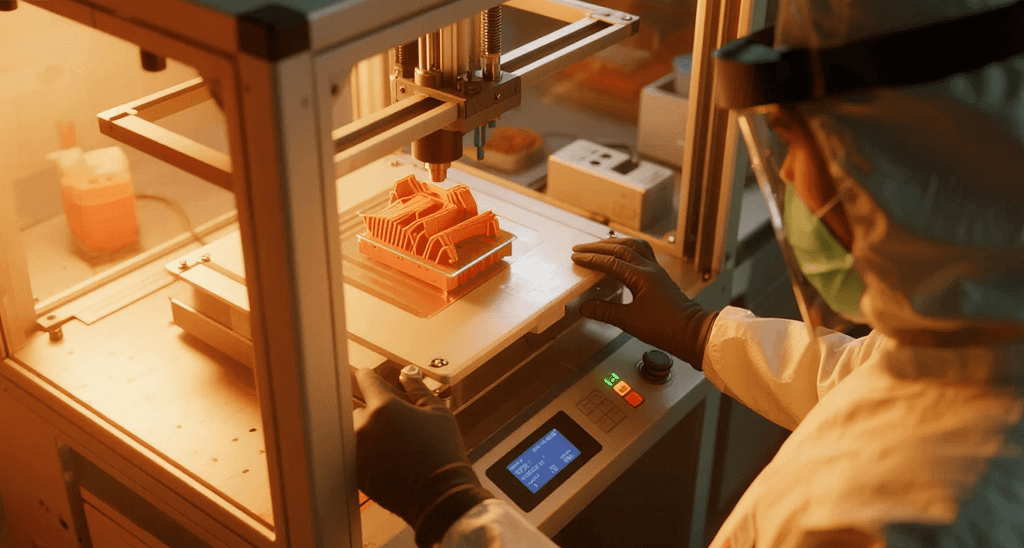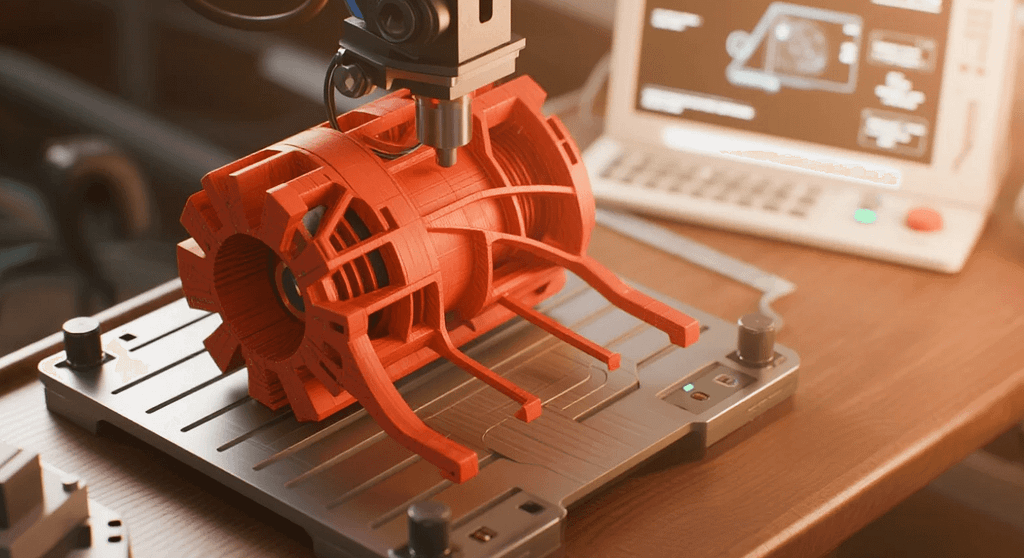In today’s rapidly evolving industrial landscape, businesses are constantly seeking innovative production methods to enhance efficiency, reduce waste, and create complex designs with precision. Among these innovations, 什么是快速成型制造 has become a question many manufacturing professionals are asking.
In simple terms, additive manufacturing—commonly referred to as 3D printing—builds parts layer by layer, rather than removing material from a larger block. This technique allows for intricate designs, faster prototyping, and significant material savings. For manufacturing service providers and product users alike, it’s more than a trend—it’s a transformation.
The Definition of Additive Manufacturing

At its core, 快速成型制造 is a process of creating objects by depositing material in successive layers, based on a digital model.
Unlike subtractive manufacturing methods such as CNC machining, where material is removed from a solid block, additive processes build up material only where it’s needed. This results in minimal waste and opens the door to complex geometries that were once impossible or cost-prohibitive.
Key features include:
- Layer-by-layer construction.
- Use of digital 3D models.
- Compatibility with various materials (metals, plastics, ceramics, composites).
- Ability to produce both prototypes and end-use parts.
How Additive Manufacturing Works
The process generally follows these steps:
- Design – A CAD (Computer-Aided Design) model of the desired object is created.
- Conversion to STL – The CAD file is converted into an STL file format, which slices the model into layers.
- Printing – A machine deposits material layer by layer according to the sliced data.
- Post-processing – Parts may require finishing processes like sanding, heat treatment, or coating to achieve final specifications.
Transitioning from traditional production to additive manufacturing requires a shift in thinking—from designing for manufacturability to designing for performance.
Main Additive Manufacturing Technologies

Different applications call for different technologies. The most widely used include:
- 熔融沉积建模(FDM) – Ideal for rapid prototyping with thermoplastics.
- 选择性激光烧结(SLS) – Uses lasers to fuse powdered material, suitable for complex geometries.
- 立体光刻(SLA) – Employs UV light to cure resin, producing high-detail parts.
- 直接金属激光烧结(DMLS) – Creates strong, functional metal components.
- Binder Jetting – Deposits a binding agent onto powder to form parts, later sintered for strength.
Benefits for the Manufacturing Industry
The advantages of 快速成型制造 extend far beyond aesthetics. For manufacturers, these include:
- Design freedom – Create parts with complex internal channels, lightweight structures, and unique shapes.
- Reduced lead times – Prototypes can be produced within hours or days instead of weeks.
- Lower waste – Only the required material is used.
- On-demand production – Parts can be manufactured when needed, reducing storage costs.
- 定制 – Products can be tailored for specific applications or customers.
Challenges and Limitations
Despite its promise, 快速成型制造 has limitations manufacturers should consider:
- Material restrictions – Not all materials are available for every process.
- Production speed – Large-scale production may still favor traditional methods.
- Surface finish – Many printed parts require post-processing to achieve desired smoothness.
- Cost for certain applications – High-end equipment and specialized materials can be expensive.
Industrial Applications

Manufacturers across industries are integrating additive manufacturing into their workflows:
- 航空航天 – Lightweight parts, complex fuel nozzles, and heat exchangers.
- 汽车 – Custom tooling, rapid prototyping, and performance components.
- Medical – Patient-specific implants, surgical guides, and prosthetics.
- Consumer Products – Custom-designed items, small-batch production.
- Industrial Equipment – Replacement parts and specialized machinery components.
Additive Manufacturing vs. Traditional Manufacturing
| Feature | 快速成型制造 | Traditional Manufacturing |
|---|---|---|
| Material Use | Minimal waste | Significant waste possible |
| Design Complexity | 高 | Limited |
| Production Volume | Low–medium | 高 |
| Setup Time | Short | Long |
| 成本效益 | Better for small batches | Better for mass production |
The Future of Additive Manufacturing in Industry
As materials, machines, and software improve, 快速成型制造 will continue to expand its role in industrial production. Expect to see:
- Greater integration with AI-driven design optimization.
- Expansion into larger-scale production runs.
- More sustainable materials.
- Increased hybrid manufacturing methods combining additive and subtractive processes.
结论
那么 什么是快速成型制造? It’s not just a new production tool—it’s a paradigm shift in how manufacturers design, test, and produce goods. By offering unprecedented design flexibility, reducing waste, and enabling on-demand production, it holds enormous potential for manufacturing services and product users who want to stay ahead in a competitive market.
常见问题
Q1: Is additive manufacturing the same as 3D printing?
Yes, 3D printing is a common term for additive manufacturing, though the latter is used more in industrial contexts.
Q2: Can additive manufacturing replace traditional manufacturing?
Not entirely. It complements traditional methods, especially for prototypes, small batches, and complex parts.
Q3: What industries benefit most from additive manufacturing?
Aerospace, automotive, medical, and industrial manufacturing are major beneficiaries.
Q4: What materials are used in additive manufacturing?
Plastics, metals, ceramics, and composites are commonly used, depending on the process.
